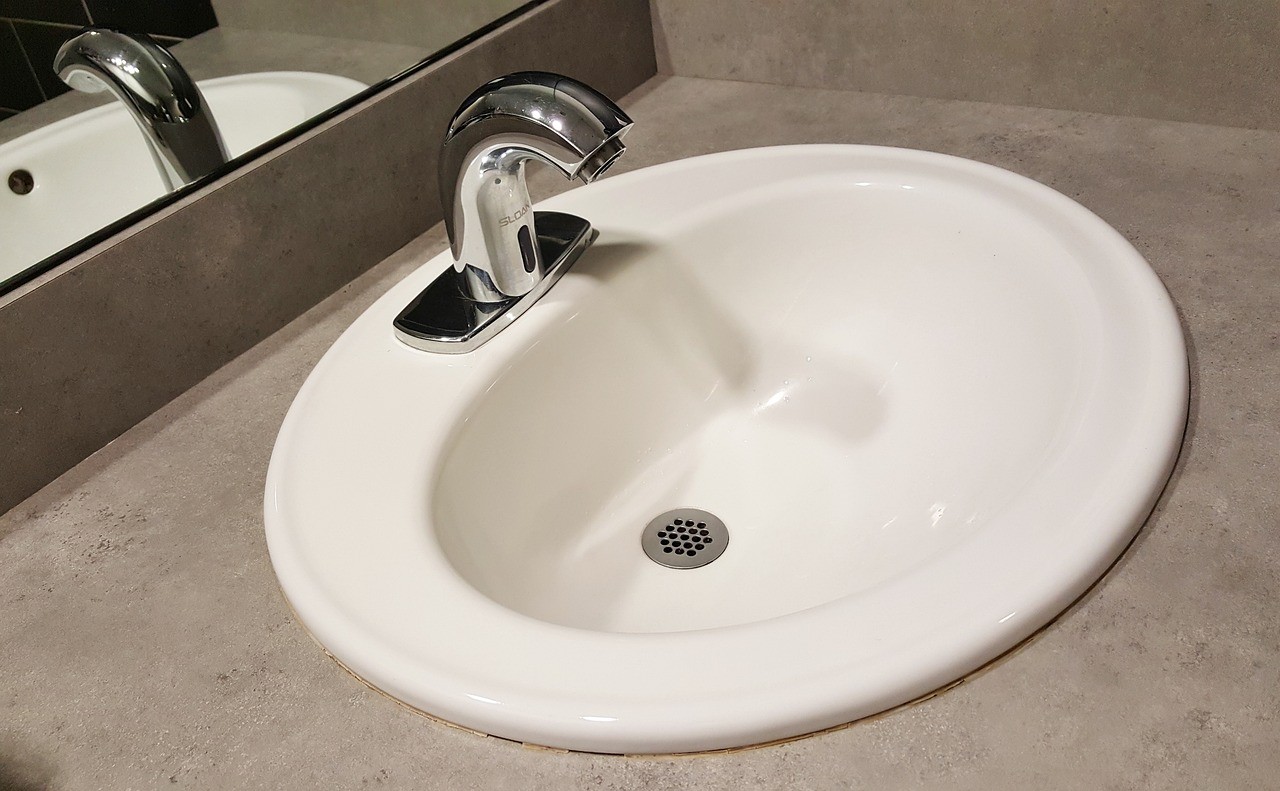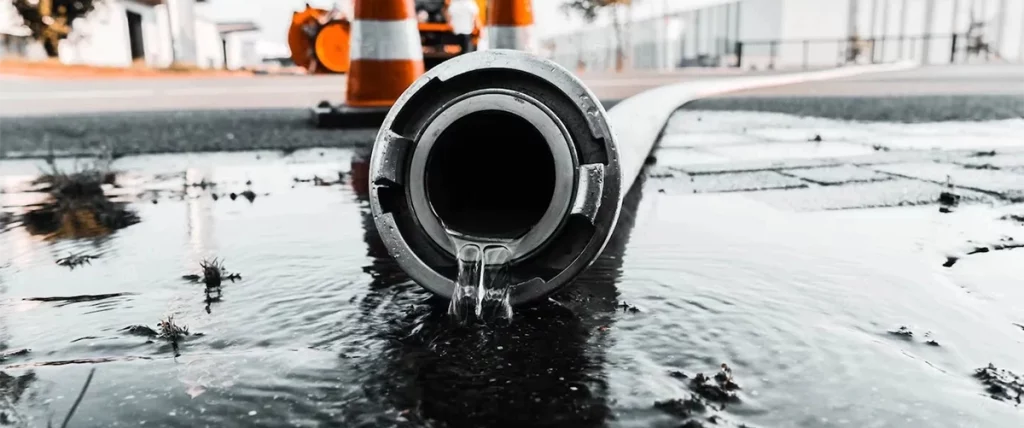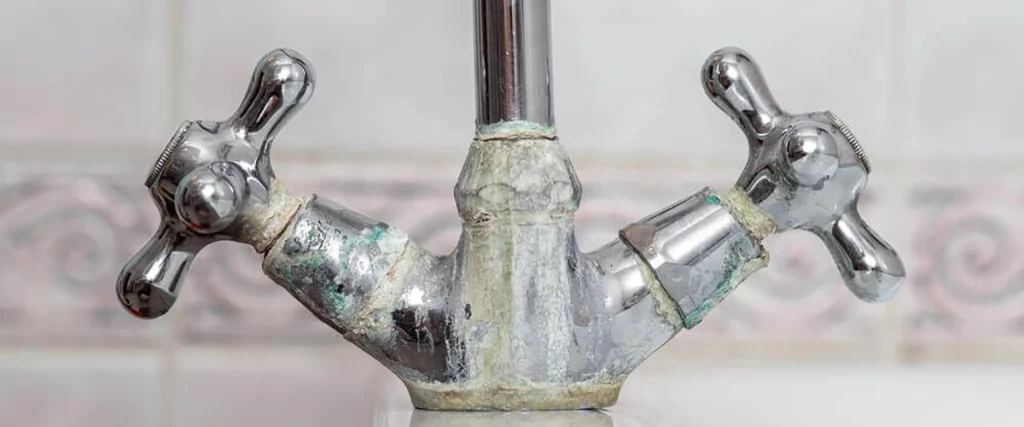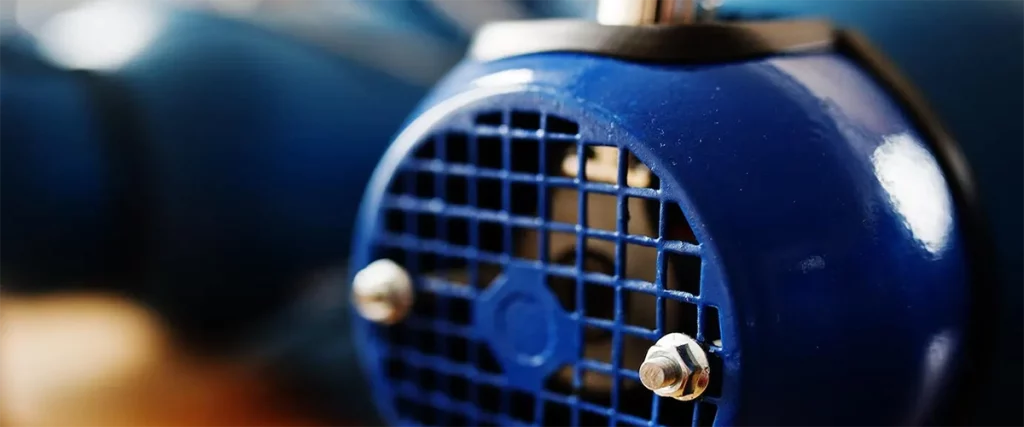Water pressure is an essential aspect of our daily lives, ensuring a steady flow of water for various household activities. However, when low water pressure issues arise, it can disrupt our routines and cause frustration. Whether it’s a bathroom sink with weak water flow or overall poor water pressure throughout the house, understanding the common causes and finding effective solutions is crucial. In this article, we will delve into the world of water pressure problems in residential buildings. We will explore the signs and symptoms to look out for, the effects on plumbing systems and appliances, troubleshooting tips for homeowners, and when it’s time to call a professional plumber on demand. By gaining a deeper understanding of these issues, you’ll be equipped with the knowledge needed to eliminate water pressure problems and restore the optimal flow of water in your home. Let’s dive in and discover the keys to resolving water pressure issues once and for all.
Contents
Water Pressure Problems: Signs and Symptoms to Look Out For
Identifying water pressure problems is the first step in resolving them. Keep an eye out for these signs and symptoms.
The pressure regulator is broken
One possible cause of low water pressure is a broken pressure regulator. The pressure regulator is a device that controls the flow of water into your home, ensuring it stays at a consistent pressure. If the regulator malfunctions, it can lead to decreased water pressure. To determine if the pressure regulator is the culprit, check if the pressure is low in all areas of your home. If it is, you might need to call a professional plumber to inspect and replace the faulty regulator.
The water heater is to blame
Another common cause of low water pressure is a malfunctioning water heater. Sediment build-up or a faulty pressure relief valve in the water heater can restrict the flow of water, resulting in decreased pressure throughout your home. To address this issue, start by checking the temperature setting on your water heater. If it’s set too high, lower it to a safe and appropriate level. If the problem persists, consider flushing the water heater to remove any sediment or contacting a professional for further assistance.
The fixture is dirty, damaged, or clogged
Sometimes, low water pressure can be attributed to individual fixtures such as faucets or showerheads. Accumulated mineral deposits, debris, or damage within the fixture can restrict the water flow, leading to reduced pressure. To tackle this problem, you can try cleaning the fixtures by soaking them in vinegar or using a descaling solution. If cleaning doesn’t solve the issue, it may be necessary to replace the fixture entirely.
There is a hidden leak
Undetected leaks within your plumbing system can significantly impact water pressure. Hidden leaks can occur in pipes behind walls or under the ground, causing water to escape before it reaches your fixtures. If you suspect a hidden leak, monitor your water meter to check for any unusual activity when no water is being used. Additionally, inspect your walls, ceilings, and floors for signs of water damage or mold. If you discover a hidden leak, it’s essential to contact a professional plumber to locate and repair the leak promptly.
Water Pressure Problems: Effects on Plumbing Systems and Appliances
Understanding the effects of low water pressure on your plumbing systems and appliances is crucial for preventing further damage. Here are some potential consequences:
- Strained Plumbing Fixtures: Insufficient water pressure can put a strain on your plumbing fixtures, leading to leaks, drips, and premature wear and tear. It can also cause issues with flushing toilets and filling appliances like washing machines.
- Inefficient Water Usage: When water pressure is low, it takes longer to complete everyday tasks like washing dishes or taking a shower. This can result in wasted time and increased water consumption.
- Reduced Performance of Appliances: Appliances that rely on proper water pressure, such as dishwashers and sprinkler systems, may not function optimally, affecting their overall performance and efficiency.
Water Pressure Problems: Troubleshooting Tips for Homeowners
Before calling a professional plumber, you can try these troubleshooting tips to address low water pressure issues:
- Check for Localized Blockages: Start by inspecting the aerators and showerheads for mineral deposits or debris buildup. Clean or replace them if necessary, as clogs in these components can restrict water flow.
- Examine Water Valves: Ensure that the main water valve, as well as any individual shut-off valves for specific fixtures, is fully open. Sometimes, valves can inadvertently be partially closed, reducing water pressure.
- Test Pressure Regulator: Locate the pressure regulator, usually near the main water line, and check if it is functioning correctly. If it’s faulty, consult a professional to have it repaired or replaced.
Water Pressure Problems: When to Call a Professional Plumber
While some water pressure issues can be resolved by homeowners, there are situations where professional assistance is necessary. Consider contacting a plumber under the following circumstances:
- Persistent Low Water Pressure: If your troubleshooting attempts haven’t resolved the issue, or if the problem recurs frequently, it’s advisable to seek professional help. A plumber can conduct a comprehensive evaluation and identify underlying causes.
- Tankless Water Heater Issues: Tankless water heaters require specific water pressure levels to operate effectively. If you suspect that your tankless water heater is causing the low water pressure, it’s best to consult a plumber with expertise in these systems.
In conclusion, low water pressure in residential buildings can stem from various causes, including localized faucet issues, plumbing system complications, or problems with water heaters. By recognizing the signs, understanding the effects, and attempting troubleshooting measures, homeowners can address some of these issues on their own. However, if the problems persist or involve complex systems, it’s wise to seek professional assistance to ensure a reliable and efficient water supply throughout your home.









